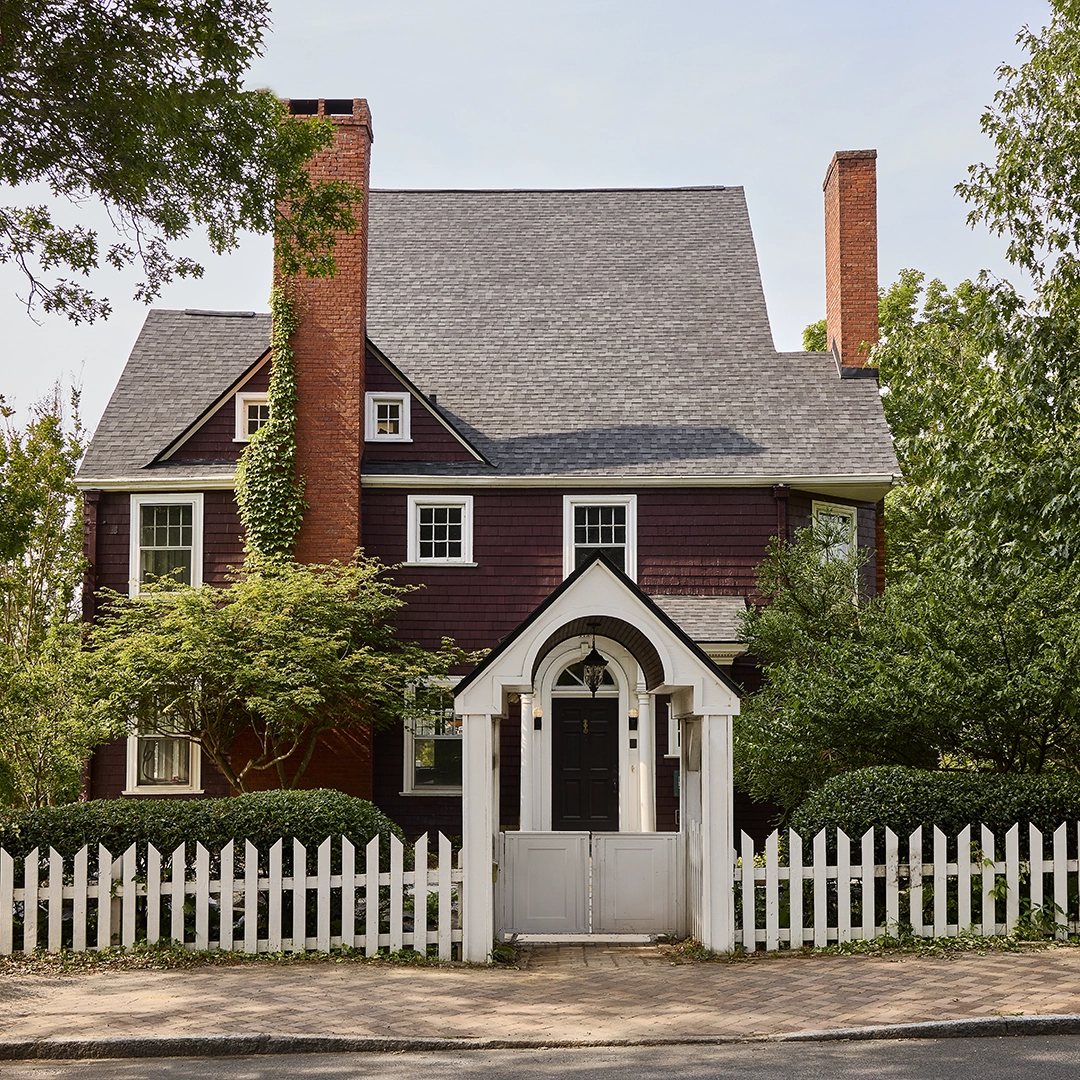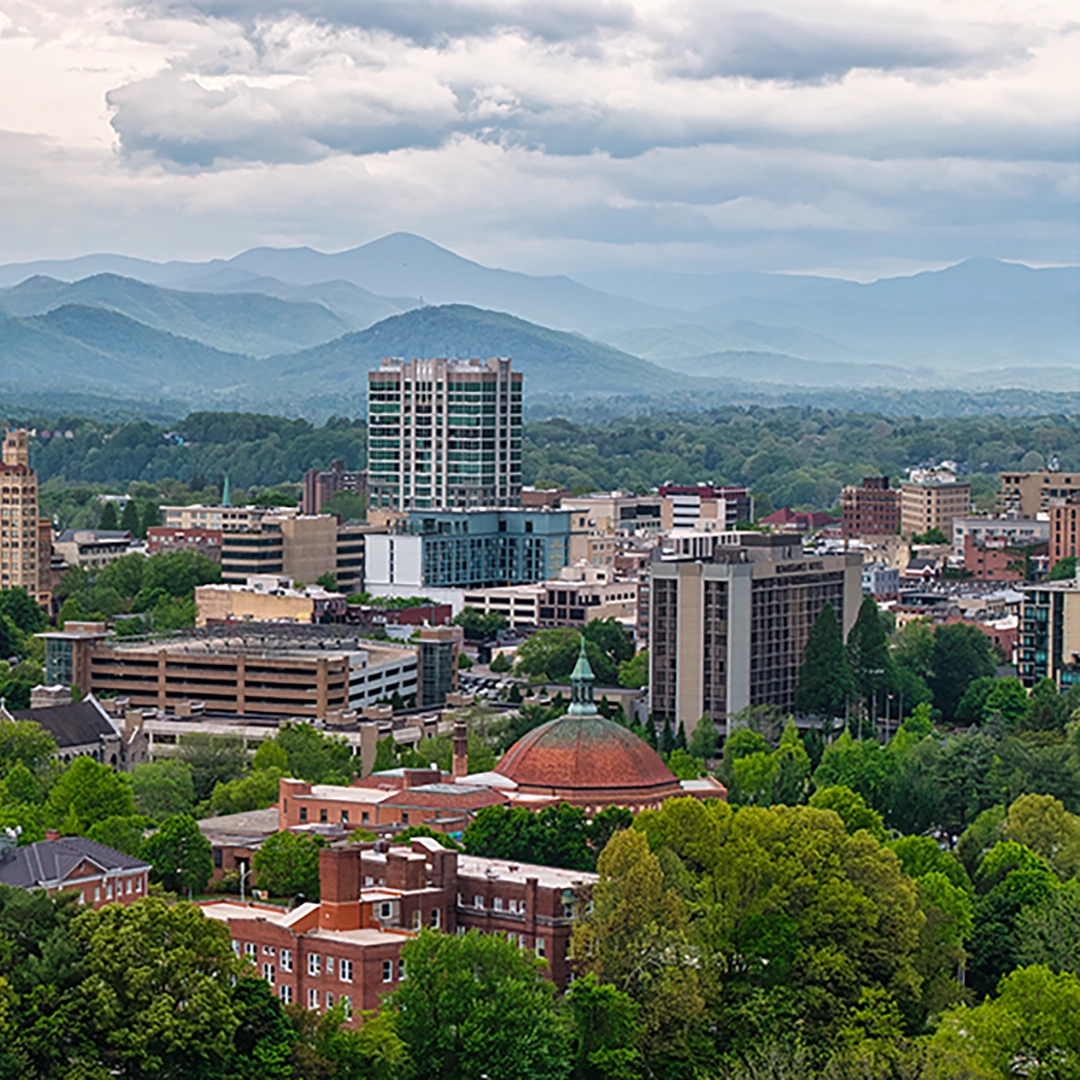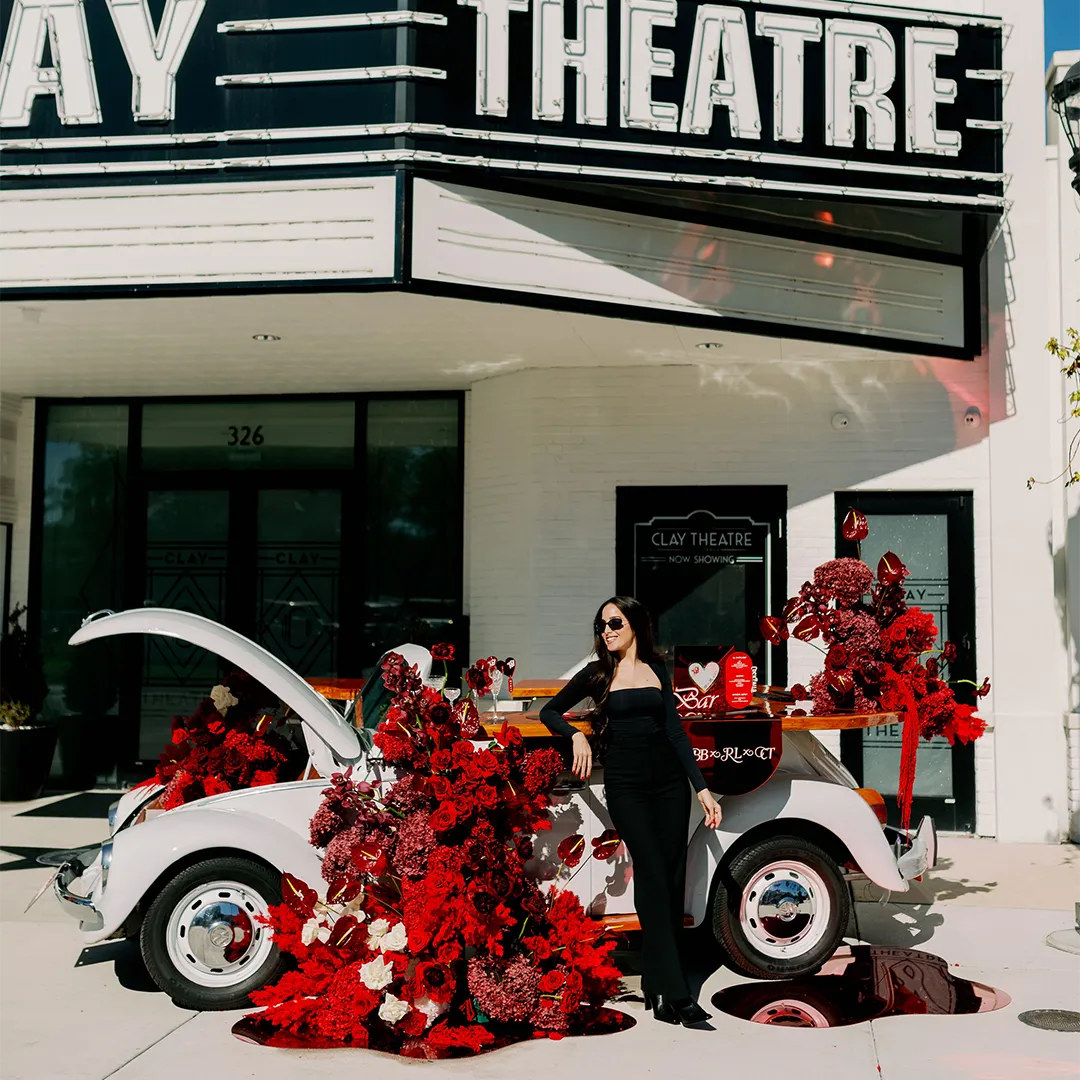by | November 23, 2020
In Martin County, a Piece of Florida Rarely Found Anywhere Else
Explore the culture, history and Old-Florida charm of this coastal gem.
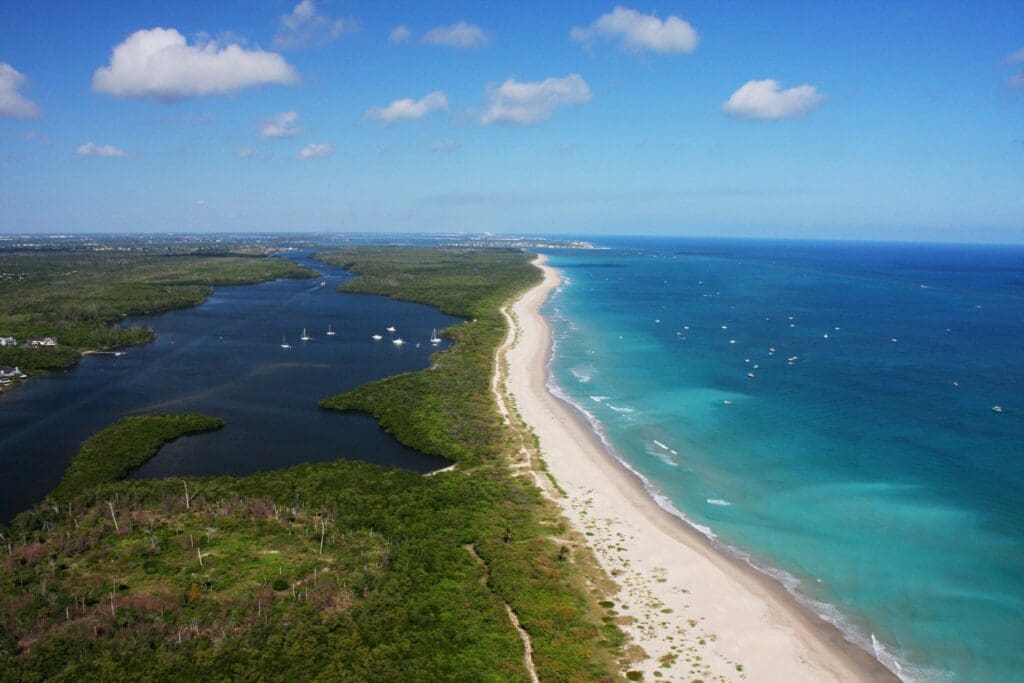
When the first Europeans got to Stuart about a half of a millennium ago, they would’ve found a thin stretch of island where the waves had worn away the dunes to expose dramatic limestone rock. Waves crash into it, sending up plumes of sea spray. Beyond it are the dunes and then an estuary teeming with birds, all manner of fish and an abundance of coastal wildlife.
Today, south along MacArthur Boulevard, parts of Stuart look untouched by time. There’s development now at the southern end and heading north. But for a long length of beach, you’ll find a Florida where a walk on the sand feels like a stroll back to a time before anyone was there.
It’s like that in a lot of Martin County, an uncrowded enclave nestled between Orlando and Miami along the Atlantic Coast and within two hours of four international airports. It’s easy to find wide open spaces and plenty of room to grab a piece of nature to yourself, something we’ve all found more valuable these days.
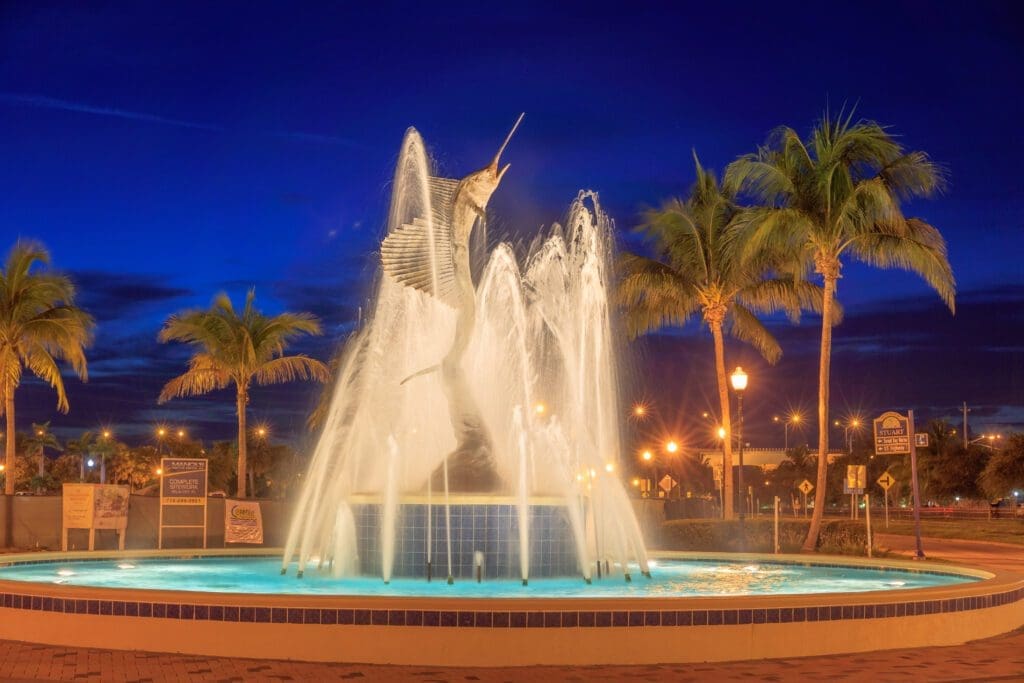
Martin County’s turquoise waters and natural beauty aren’t the only reasons to visit. The Florida Chapter of the American Planning Association named Historic Downtown Stuart the winner of the “2020 Great Places in Florida Award,” which recognizes a destination in the state for representing a gold standard for its sense of place, cultural and historical interest, community involvement, and a vision for tomorrow. No doubt the APA found a value in the city’s colorful boutiques, waterfront eateries, green spaces and outdoor events.
That hasn’t changed with all that’s happened in 2020. Earlier this year, the Martin County Office of Tourism & Marketing launched the campaign #MartinTogether to assure the area could be a healthy place to travel even in these uncertain times. The program works to instill confidence in tourists and residents that they can return to local businesses who have signed the pledge, committing to follow all safety guidelines outlined by the CDC.
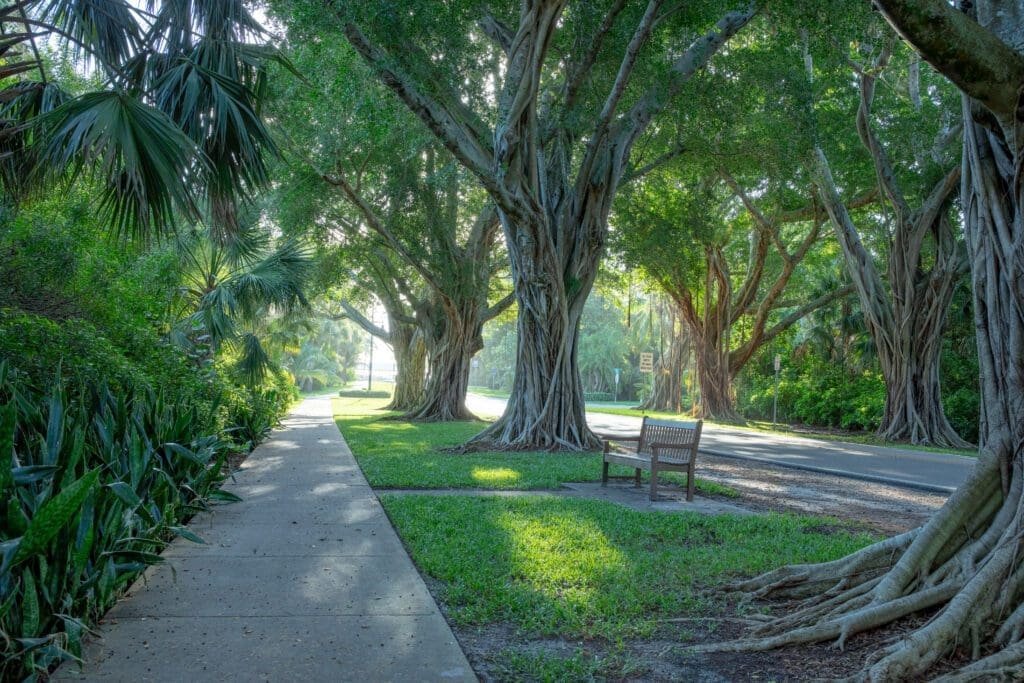
A county-wide height restriction that keeps buildings to four stories, has preserved the area’s quaint old-Florida vibe. And that cozy village atmosphere means the number of people you’ll be sharing the space with is at a minimum. After meandering through the shops and cafes dotting downtown Stuart, those looking for an unvarnished escape to the outdoors, will find 22 miles of uncrowded beaches just across the river. Martin County is also home to 100,000 acres of parks and conservation lands. Among them is the sprawling Jonathan Dickinson State Park, with 11,500 acres spread across multiple habitats and a rolling terrain considered by some to be the state’s best mountain biking. Nearby Halpatiokee Regional Park offers 65 acres surrounded by an additional 470 acres of wetland preserve area where visitors can spend the day exploring miles of hiking and paddling trails.
In the St. Lucie Inlet, visitors will find the most bio-diverse lagoon ecosystem in the Northern Hemisphere, full of wading birds and schools of fish that gather in the tidal water. This isn’t just for boaters’ enjoyment—the St. Lucie River hugs downtown Stuart, cuts through the lush neighborhoods that line it and surrounds the tiny peninsular community of Sewall’s Point.
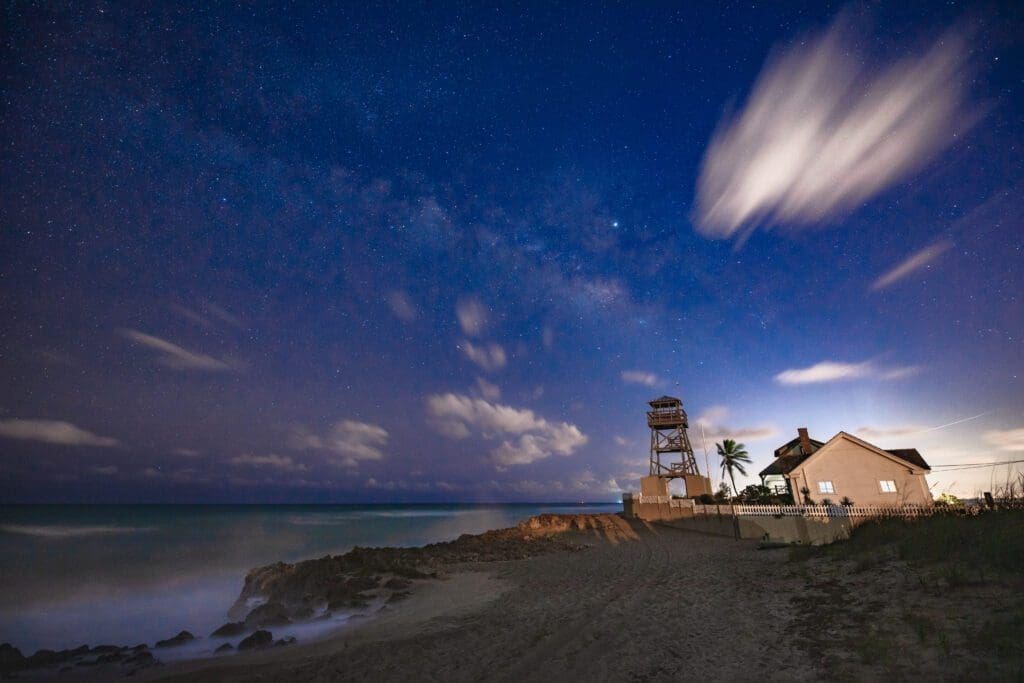
And there, not too far from those glittering homes on the point, across the causeway, and out on that thin stretch of beach along MacArthur Boulevard, lies a true treasure in the House of Refuge. It was built to house shipwrecked sailors who washed on shore centuries ago and is the last of several structures like it built along the state’s coastline. Just a hundred feet from the water’s edge it stands with a commanding view of a Florida rarely found anywhere else.
Photography courtesy of Discover Martin County.
About the Author
Eric has been a journalist in Florida for two decades, including stints at newspapers in Fort Pierce, Stuart and Sarasota. His role at Flamingo includes everything from interviewing chefs to first-line editing on cover stories and penning our monthly culinary newsletter, Key Lime.

